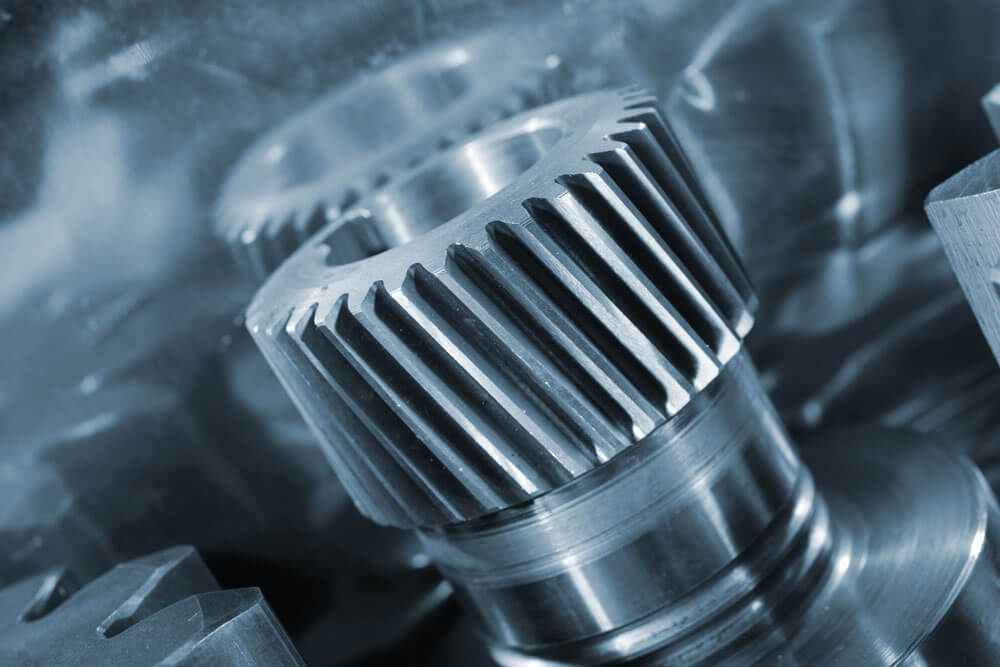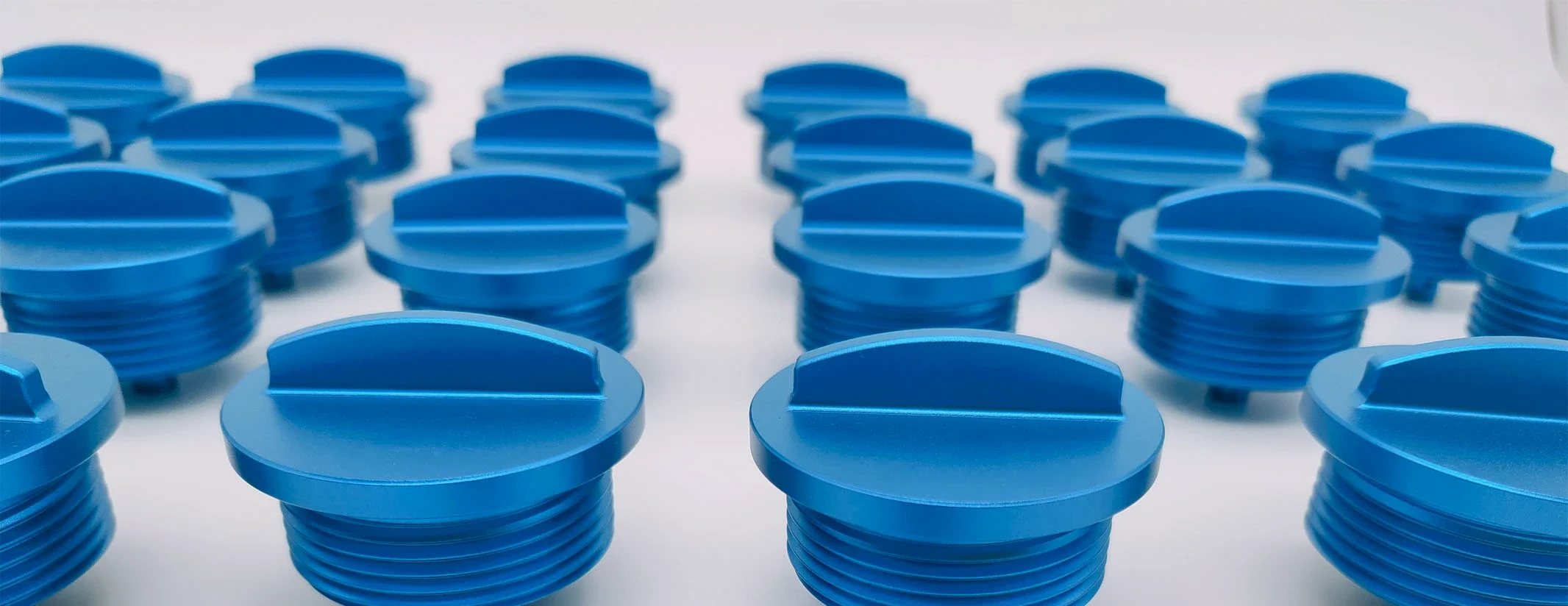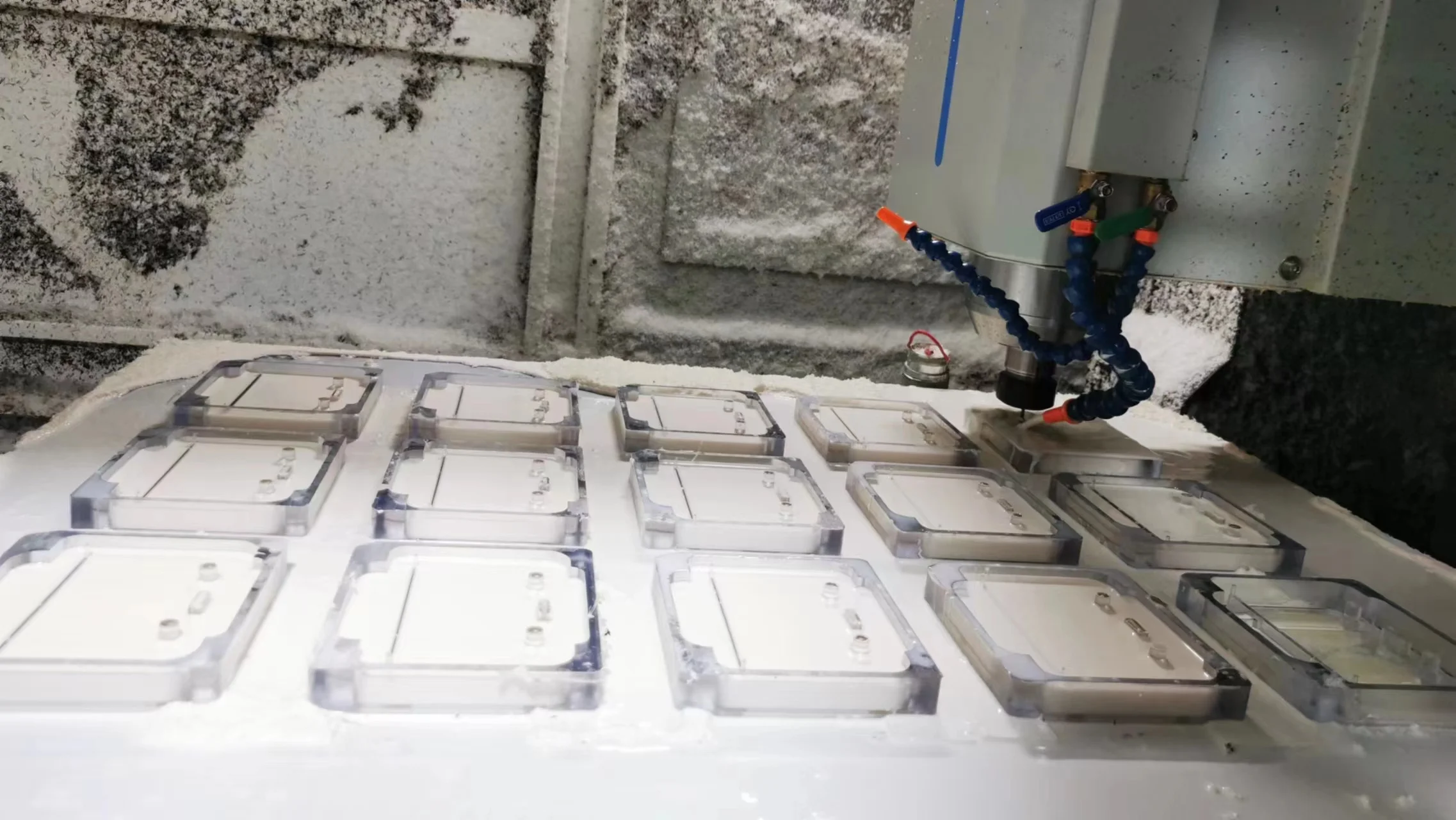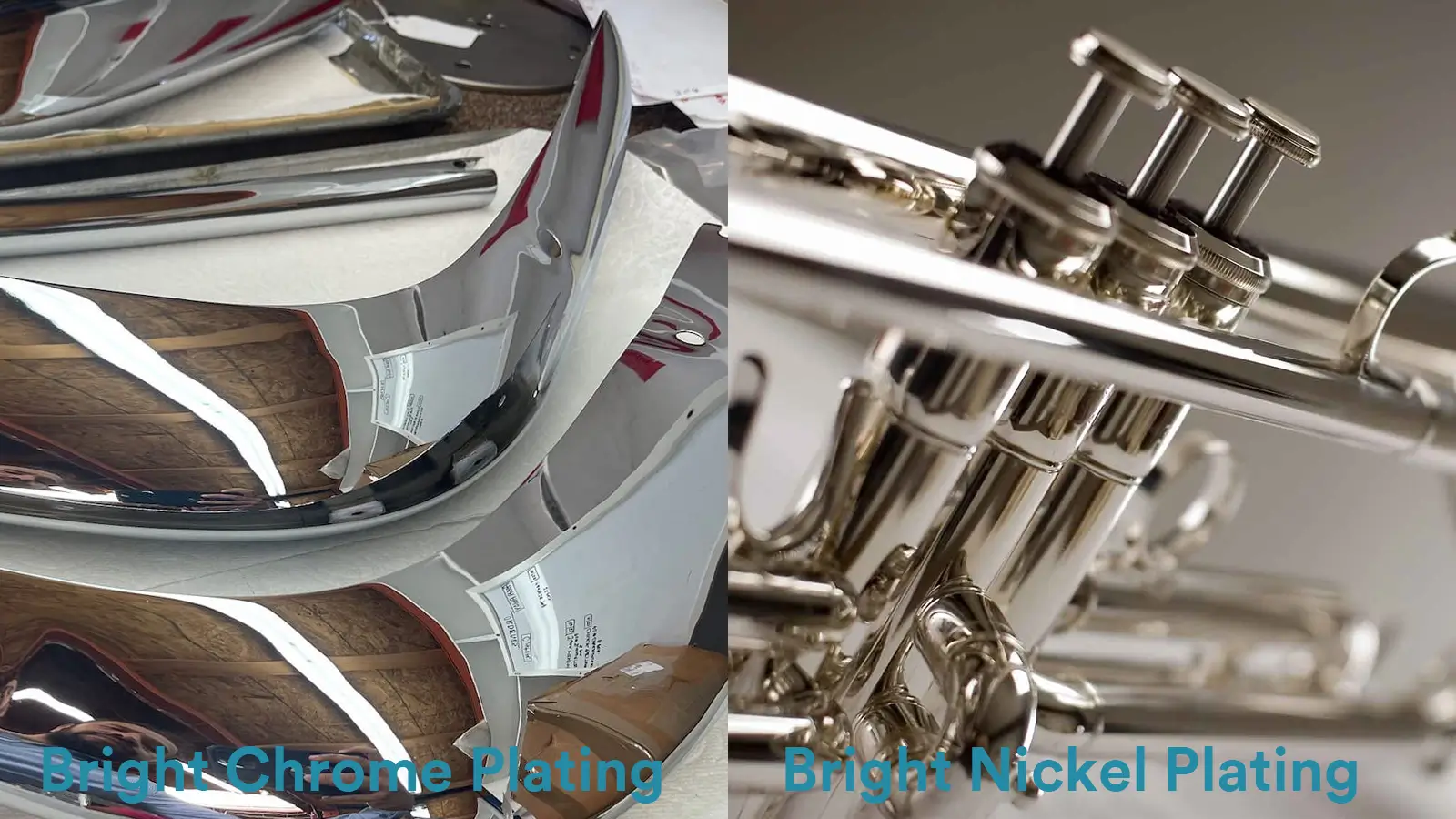Table of Contents
Are you curious about how CNC machined ebike components get their sleek, durable finish? The secret lies in the anodizing process. Anodizing not only enhances the aesthetic appeal but also significantly improves the corrosion resistance and lifespan of your ebike parts.
In this post, we’ll explore how anodizing works, why it’s crucial for CNC machined components, and what benefits it brings to the ebike industry. So, if you’re into ebikes and want to know why anodized parts are a big deal, keep reading.
What is Anodizing
CNC (Computer Numerical Control) machining is a method of precision machining of materials through computer-controlled machine tools. The technology can be used for operations such as cutting, milling, drilling, and turning, and is capable of producing parts with high precision and complex shapes. For e-bike components, CNC machining is typically used to manufacture frames, gears, brake components, and more.
CNC machined e-bike parts are usually anodized to improve their corrosion resistance, hardness, and aesthetics.
Anodizing is an electrochemical process. This means that it uses electricity and chemicals to alter the surface of a metal. Anodizing a metal makes it stronger and less likely to corrode. This is because the anodizing process creates a thick layer of oxide on the surface of the metal. Here are the main uses of anodizing.
- Increased Durability: Anodized metal is tougher and more resistant to scratches.
- Corrosion resistance: The oxide layer acts as a shield against rust and corrosion.
- Enhanced Aesthetics: You can add color to anodized metal to make it look cooler and more stylish.
- Better Adhesion: The rougher surface helps paint and adhesives bond better.
Read more: Anodize vs. Alodine: What’s the Difference?
What is Anodizing Process
Anodizing is mainly used for surface treatment of aluminum and its alloys. The following are the basic steps for anodizing parts(anodizing process for aluminum):
- Connect the part to the anode.
- Immerse the part in an acidic electrolyte solution.
- The cathode is placed on a metal electrode in the solution.
- Positive ions react with negative oxygen ions and the surface becomes porous.
- A layer of aluminum oxide forms.
- Cosmetic treatment with corrosion inhibitors or colored dyes.
- Seal the nanopores.
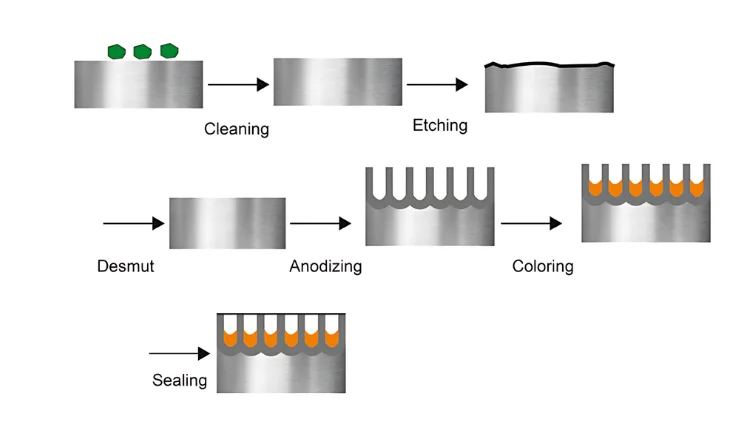
Types of Anodizing
There are different kinds of anodizing, each with its own unique benefits. Here are three main types:
- Type I (Chromic Acid Anodizing): This type is less common but is used for parts that can’t handle the stress of other anodizing types. It has excellent corrosion resistance.
- Type II (Sulfuric Acid Anodizing): The most common type. It’s used for a wide range of applications, offering good corrosion resistance and allowing for vibrant colors.
- Type III (Hard Anodizing): Also known as hard coat anodizing, this type creates a very thick oxide layer, making the metal super durable. It’s perfect for heavy-duty applications.
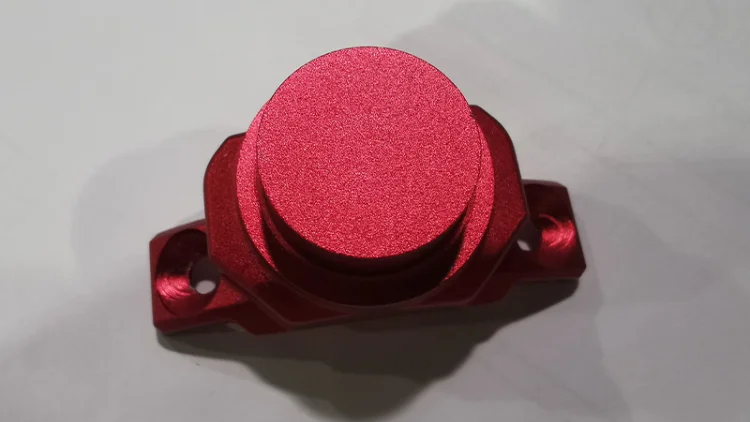
What Metals Can Be Anodized
Not all metals can be anodized. Generally, anodizing works best with aluminum, as it’s the most receptive to the process. However, other metals can also be anodized to a lesser extent. Here’s a quick list:
- Aluminum: The most popular choice. It anodizes well and can be dyed in various colors.
- Magnesium: Less common but can be anodized for improved corrosion resistance.
- Titanium: Often used in medical and aerospace applications due to its biocompatibility and strength.
- Zinc: Rarely anodized, but it can be done for specific purposes.
- Niobium: Mostly used in jewelry due to its ability to take on vibrant colors.
This process does wonders for metals, making them last longer, look better, and perform more reliably in various applications.
In the context of e-bikes, aluminum is the material most commonly used due to its lightweight nature and excellent anodizing properties. This makes aluminum the preferred choice for many e-bike components, ensuring durability, reduced maintenance, and enhanced aesthetic appeal.

Application in E-bike Components
Anodizing is a fantastic process that significantly enhances the performance and appearance of e-bike components. From frames to handlebars and even tiny screws, anodizing offers a range of benefits that make e-bikes more durable, stylish, and efficient.
Frame
E-bike frames endure substantial stress from both riders and the environment. Anodizing adds an extra layer of durability, making the frame resistant to scratches, dents, and corrosion. This means your e-bike frame will not only last longer but also maintain its new appearance for an extended period.
Anodizing offers a wide variety of color options. Whether you desire a sleek black frame or a vibrant red, anodizing makes it possible. The colors are integrated into the frame, ensuring they won’t peel or fade over time, providing a long-lasting, attractive finish.
Handlebars and Stems
Anodizing creates a slightly rough texture on the metal surface, enhancing grip. This is particularly useful for handlebars and stems, making them safer and more comfortable to hold, especially during long rides.
Drivetrain Components
Drivetrain components such as gears, chainrings, and sprockets are essential for e-bike performance. Anodizing forms a hard, wear-resistant surface on these components, allowing them to withstand constant friction and stress, thereby extending their lifespan.
The protective layer formed during anodizing reduces the chances of rust and corrosion, ensuring that gears and chains work smoothly over long periods.
Fasteners and Screws
Even the smallest components like screws and fasteners benefit significantly from anodizing. Anodized screws and fasteners are much more resistant to rust. Given their small size, they are often the first to corrode, but anodizing extends their lifespan significantly.
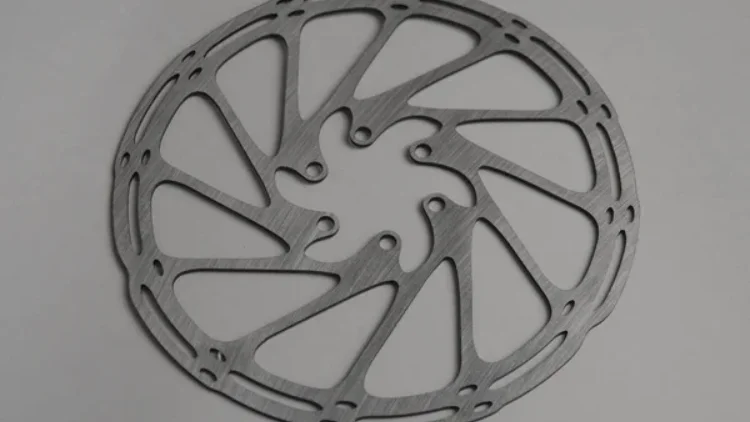
CNC Anodizing Process for Ebike Components
The anodizing process is a key step in enhancing the performance and longevity of CNC machined ebike components. Each phase of this process plays a vital role in ensuring the final product offers maximum durability and visual appeal.
Surface Preparation
Surface preparation is crucial because it sets the stage for a successful anodizing process. Without proper preparation, the anodized layer may not adhere well, leading to poor durability and aesthetics. There are various methods used to prep the surface of ebike components.
- Cleaning: Dirt, grease, and any other contaminants must be removed. This is usually done with a detergent or alkaline cleaner.
- Etching: The surface is then etched to remove any oxides and roughen it slightly. This helps the anodized layer adhere better.
- Desmutting: The final step is desmutting, which removes any remaining particles from the etching process. This ensures a clean surface for anodizing.
Each of these steps ensures that the e-bike component is free from contaminants and ready to form a strong, uniform anodized layer.
Anodizing Bath
The anodizing bath is where the magic happens. In this step, the prepared metal pieces are submerged in a bath of electrolytes, usually sulfuric acid. Here’s a basic rundown of what occurs:
- Electrolyte Solution: The most common chemical used is sulfuric acid. This acts as an electrolyte to conduct electricity.
- Electrical Current: By passing an electric current through the solution, the surface of the metal reacts to form an oxide layer.
- Reaction: The electricity causes the metal atoms to oxidize, creating a thicker layer of oxide on the surface.
During this process, the anodized layer forms, enhancing the durability and corrosion resistance of the ebike component.
Sealing
Sealing is the final but essential step in the anodizing process. It helps to lock in the benefits gained from the anodizing bath. Here’s how it works:
- Hot Water Sealing: The most common method involves immersing the anodized part in deionized hot water. This causes the pores in the oxide layer to swell and close up.
- Cold Sealing: Alternatively, a cold sealing solution can be used, involving chemicals that react to close the pores.
- Enhanced Durability: Sealing helps to make the anodized layer more resistant to wear and tear, corrosion, and scratching.
This step ensures that the anodized layer will provide long-term protection and maintain the appearance of the ebike component.
These processes combined result in CNC machined ebike components that are not just visually appealing but also incredibly durable. This makes anodizing a highly valued technique in the ebike industry.
Benefits of Anodizing CNC Machined Ebike Components
When it comes to enhancing CNC machined ebike components, anodizing is a crucial process with multiple benefits. Below, we break down how anodizing improves these components in three significant ways: corrosion resistance, aesthetic appeal, and increased surface hardness.
Corrosion Resistance
Anodizing significantly boosts the corrosion resistance of ebike components. Corrosion can be a major issue for metal parts, particularly when exposed to the elements. Anodizing adds a protective layer to the metal, making it less prone to deterioration.
- Oxide Layer: During anodizing, an oxide layer forms on the surface of the metal. This layer acts as a barrier, preventing corrosive elements like water and salts from reaching the metal underneath.
- Longevity: This protective layer means your ebike parts will last longer, even in harsh outdoor conditions.
- Maintenance: Anodized components require less maintenance, saving you time and money in the long run.
By enhancing corrosion resistance, anodizing ensures your ebike components remain reliable and durable.
Aesthetic Appeal
Anodizing isn’t just functional; it also significantly enhances the aesthetic appeal of ebike components. This process allows for various finishes and colors, giving a stylish look to your ebike.
- Color Variety: Unlike other coatings, anodizing can produce a wide range of vivid colors. This is perfect for those who want a customized, eye-catching ebike.
- Surface Finish: The process can also create different surface textures, from matte to glossy, adding an extra layer of customization.
- Consistency: Anodized finishes are uniform and consistent, ensuring each part looks great.
This means you can have components that are not only strong but also look fantastic, adding to the overall appeal of your ebike.
Increased Surface Hardness
One of the lesser-known benefits of anodizing is its ability to increase the surface hardness of metal components. This added hardness makes the parts more resistant to wear and tear.
- Durability: Hard anodized parts are less likely to get scratched or damaged, which is essential for parts exposed to rough conditions.
- Wear Resistance: The increased hardness means the parts will not wear out easily, maintaining their functionality over time.
- Enhanced Performance: With greater surface hardness, your ebike components will perform better and last longer.
Overall, anodizing transforms your ebike components into tougher, more durable parts that can handle the rigors of daily use.
In summary, anodizing CNC machined ebike components offers numerous benefits, from corrosion resistance to aesthetic appeal and increased surface hardness. These advantages make it a popular choice for enhancing the performance and look of ebikes.

Conclusion
Investing in anodized parts means your e-bike performs better and requires less maintenance. Not only does this technology extend the life of your components, but it also enhances the overall riding experience. For anyone serious about their e-bike, anodizing is a game changer, making your bike both rugged and sleek.
We offer Type II and Type III anodizing, which is the ideal finish for aluminum parts. Anodizing protects aluminum parts from wear and corrosion. If you need a specific Pantone color code, please contact info@ecoreprap.com.

Lucas is a technical writer at ECOREPRAP. He has eight years of CNC programming and operating experience, including five-axis programming. He also spent three years in CNC engineering, quoting, design, and project management. Lucas holds an associate degree in mold design and has self-taught knowledge in materials science. He’s a lifelong learner who loves sharing his expertise.
